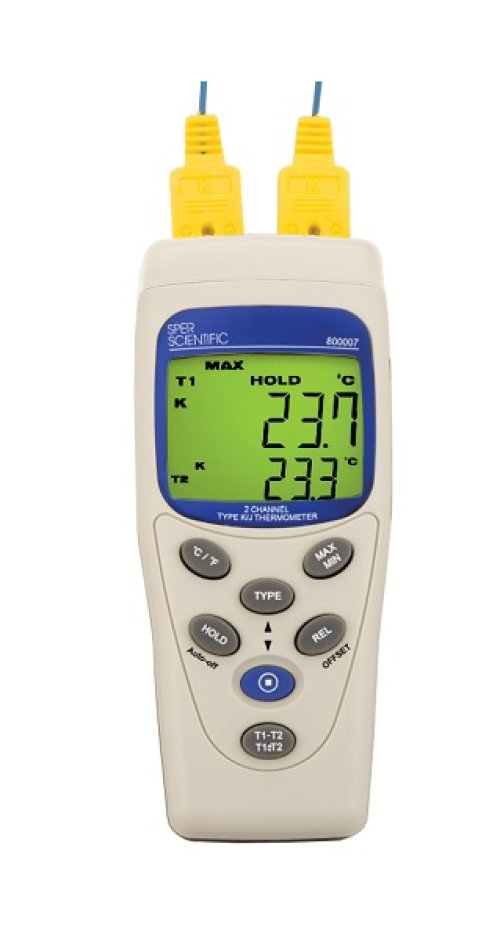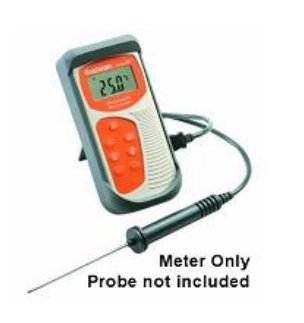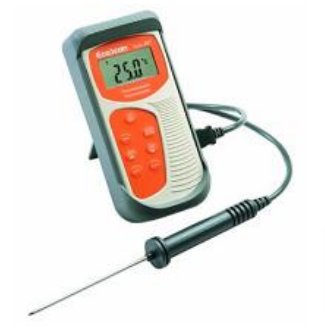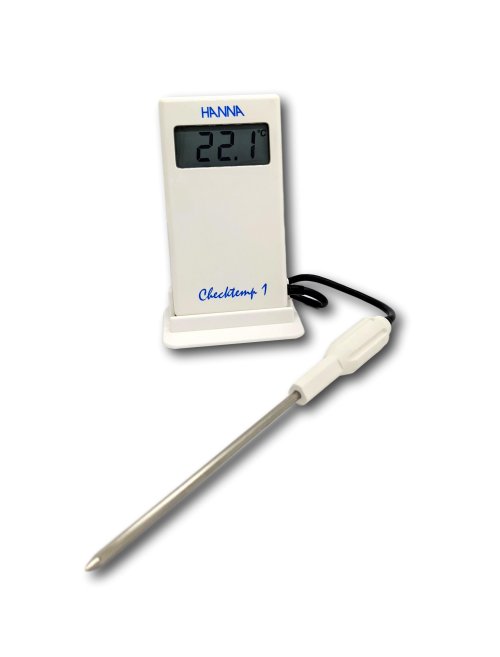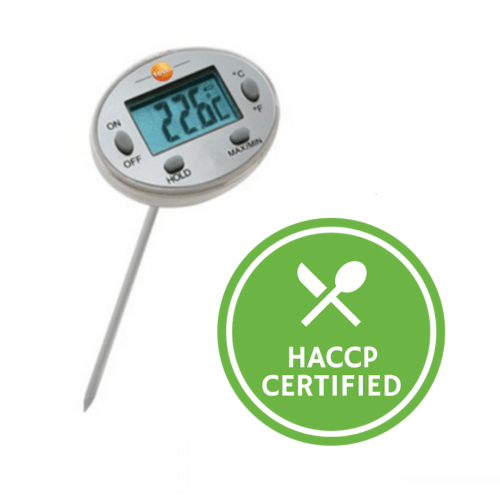Experiment tests how hot your car gets on a hot summer day? Why are there different types of thermometers and what are they for?
Experiment tests how hot your car gets on a hot summer day? Why are there different types of thermometers and what are they for? |
February Newsletter 2014
| ||||||||
 How hot do cars get on a summer day? Find out in this month's experiment.According to the the Australian Bureau of Meteorology 2013 was Australia’s warmest year since records began in 1910. Across Australia we have been subjected to sweltering conditions and with this comes certain dangers. Every year there are a number of deaths and hospital admissions relating to heat stroke and heat stress suffered whilst being trapped in a car when the temperature rises to dangerous levels. This is particularly prevalent for young children who lack the ability to remove themselves from deadly situations. Heat stress occurs when the body’s temperature rises to above 40°C and the body loses its ability to cool itself enough to maintain a healthy temperature. The NRMA have stated that on a Typical Australian summer day, the temperature inside a parked car can be up to 30-40°C hotter than the ambient temperature. When this occurs the humidity begins to decrease and the airflow also decreases, if a person is trapped in this environment for a period of time heat stress/heat stroke can quickly take hold. For this month’s experiment we are going to determine what temperature and humidity three vehicles reach on the course of a summer’s day to determine how dangerous they can be. The first vehicle will have all windows wound down 5cms; the second will have a reflective shield fitted to the front windscreen; whilst the third will have all windows wound up. Read on to find out the results. | ||||||||
Equipment used
Method The EL-USB-2 data loggers were set to record at an interval of 1 minute. They were set on a delayed start of half an hour to allow for fitting within the radiation shields and the vehicles. The loggers were then fitted inside the radiation shields (this helps to prevent solar radiation significantly affecting the readings); they were then placed on the backseat of each of the vehicles to replicate where a child would sit and left in place for a period of 6 hours to determine how hot the vehicles got over the period. The ambient temperature and humidity were also logged over this period using the Vantage Vue and data logger so that this could be compared to the recorded data from within the vehicles. 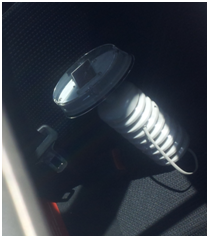 Figure 1: Radiation shield and data logger positioned in rear seat. 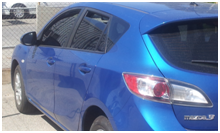 Figure 2: Vehicle with windows down 5cm 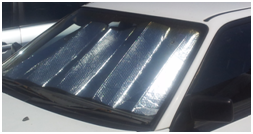 Figure 3: Vehicle with reflective shield fitted to front windscreen 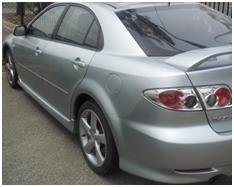 Figure 4: Vehicle with all windows wound up Results 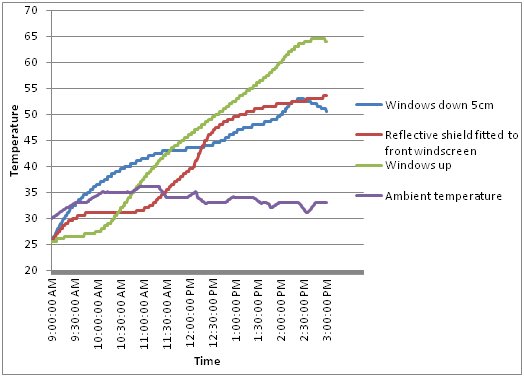 Figure 5: This graph shows the temperature that each of the respective vehicles reached with respect to the ambient temperature. 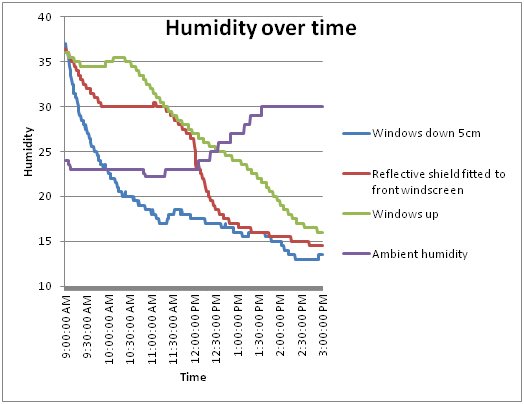 Figure 6: This graph shows the humidity that each of the respective vehicles reached with respect to the ambient humidity. Discussion and conclusions All of the vehicles we tested showed that the conditions within them can reach dangerous levels that have the potential to cause heat stress/heat stroke. The results show that at their maximum the temperatures were between 20-30°C above the ambient conditions, with the humidity also dropping significantly below that of the outside air. This occurred even though the ambient conditions remained fairly stable throughout the course of the day. Unsurprisingly the vehicle with the windows wound up reached the highest temperature, at its maximum it reached a whopping 64.5°C with the humidity dropping to 16.5%, whilst the outdoor temperature was only 33°C and the humidity was 30%. The other 2 vehicles reached similar maximum temperatures and humidity levels. In saying this they were only approximately 10°C lower than the maximum of the vehicle with its windows wound up. This may be due to the increased airflow from having the windows down or the reflected energy from the reflective shield reducing the temperature marginally; however it is still not low enough that there would be no danger if you stayed in the vehicle for a period of time. Have your say! What temperature do you think the vehicles could have reached if there was a higher ambient temperature? How quickly do you think the vehicles would heat up if it were air conditioned and then stopped in the hottest part of a summer’s day? Do you think that the size of the windows or whether the windows are tinted will influence the results? Write an email to Daniel at [email protected] or give us a call on 1300 737 871. | ||||||||
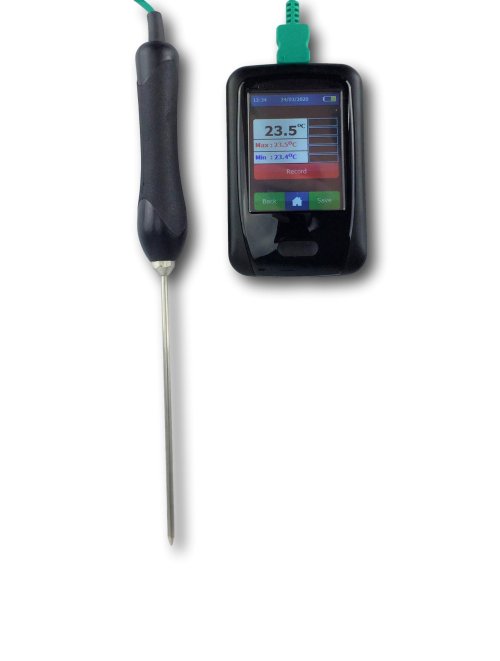 Which thermometer is right for you?When choosing a thermometer it is important to choose one that is well suited to your application. If you choose a thermometer which is not well suited, it may have decreased accuracy, a reduced lifespan or be more expensive than necessary. Thermocouples, RTD and thermistor temperature sensors are the most readily available and widely used types of temperature sensors and below we will briefly go through how they work and then cover which type is suited to which application. ThermocouplesThermocouples work on the on a phenomenon known as the Seebeck effect. Basically, at the junction of two dissimilar metals, a voltage difference is created which is a function of temperature. So as the temperature goes up, the voltage created increases. Different combinations of metals (designated by letters) have different sensitivities and different temperature ranges. Type K (Chromel-Alumel) thermocouples for example are suitable for use up to 1350C and Type T (CopperConstantan) thermocouples are suitable for use up to 350C but have higher accuracy than type K. Thermocouples are relatively cheap compared to other temperature sensors and can be used for a wide range of purposes. However, as typical accuracy on a type K thermocouple can be around 2C, they are not well suited to applications where high accuracy is required. Some popular thermocouple thermometers are listed below.
Resistance Temperature Detectors (RTDs) are another common type of temperature measuring sensors. They work by sending a small current through a small resistor. The resistance of the resistor increases predictably with temperature so the temperature can be calculated by measuring the resistance. RTDs made with Platinum are the most widely used as platinum resistors have a very linear resistance-temperature relationship and it can be used for temperatures up to around 850C. You may see the term Pt100, this refers to Platinum (Pt) sensors which have 100Ω resistance at 0°C. RTDs are much more accurate than thermocouples and typical accuracy is between ±0.03°C to ±0.3°C. They also have better long-term stability compared to other temperature sensors so they are suitable for long term deployment and use as reference thermometers. The downsides of RTDs, particularly Platinum based units, are that they are relatively expensive and they can’t be used for temperatures above 850C.
Thermistors work in a similar manner to RTDs except that they don’t use metal resistors but other materials such as ceramic and polymers. Compared to RTDs they have a much higher resistance (100,000 Ω is quite common) but they have a reduced temperature range. They are not as accurate as RTDs, but they are more accurate than thermocouples. Compared to RTDs and Thermocouples they typically have a much smaller temperature range that they measure over.
| ||||||||

